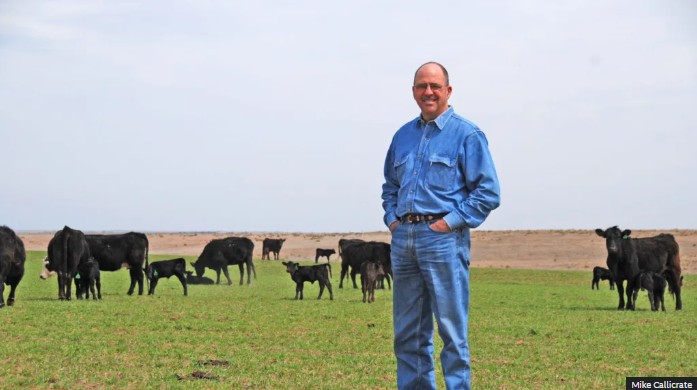Beef prices in the United States have climbed to record highs, turning into a major political issue for Donald Trump as he seeks to fulfill his promise of lowering grocery costs for Americans.
Over the past year, retail prices for ground beef have risen 12.9%, while steaks have jumped 16.6%, according to the Bureau of Labor Statistics. A pound of ground chuck now averages $6.33, up from $5.58 a year ago far outpacing overall food inflation.
Trump, who once declared inflation “dead,” has publicly urged ranchers to cut cattle prices. However, his calls and proposals including importing more beef from Argentina have angered American ranchers. Many argue the plans will only benefit large meat processors while putting small producers under more financial strain.
Since 1980, the number of beef cattle farmers in the US has been steadily declining. The cattle inventory is at its lowest level in nearly 75 years, and more than 150,000 ranches have disappeared since 2017. High input costs, ongoing droughts, and decades of consolidation among meatpackers have left many small ranchers struggling.
Industry experts say the real problem lies in market concentration. Just four companies — Tyson, JBS, Cargill, and National Beef — control over 80% of the beef processing market. Critics claim this allows them to manipulate prices, squeezing both producers and consumers.
While the Trump administration has announced measures to open more land for grazing and support small processors, economists warn that beef prices could remain high until at least the end of the decade.
“Expanding imports won’t fix the problem,” said Justin Tupper, president of the US Cattlemen’s Association. “It will just help the big packers not the American consumer.”
For now, it seems the steak on Americans’ dinner tables will continue to cost more no matter who’s in the White House.

